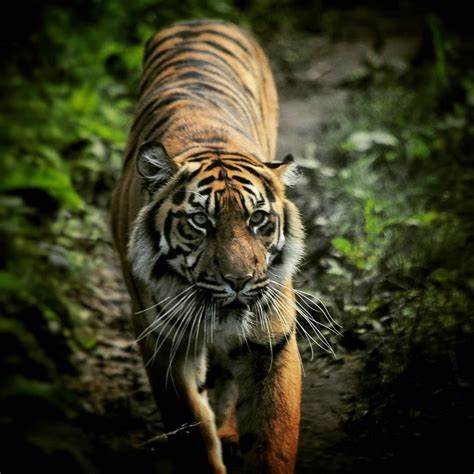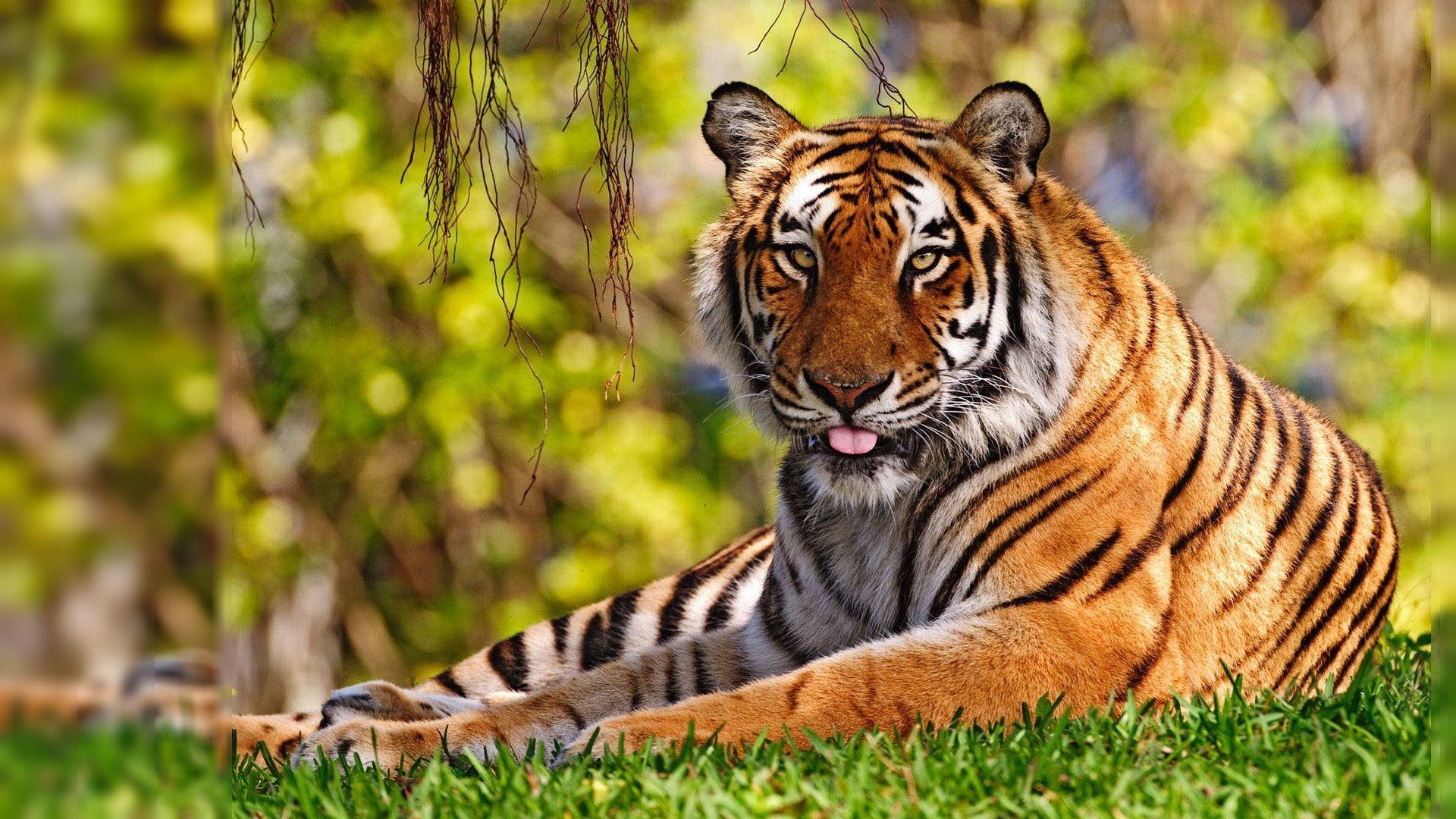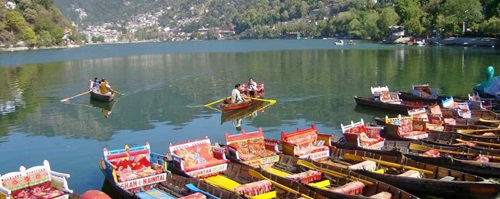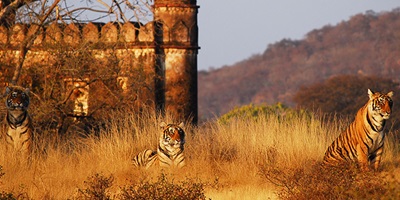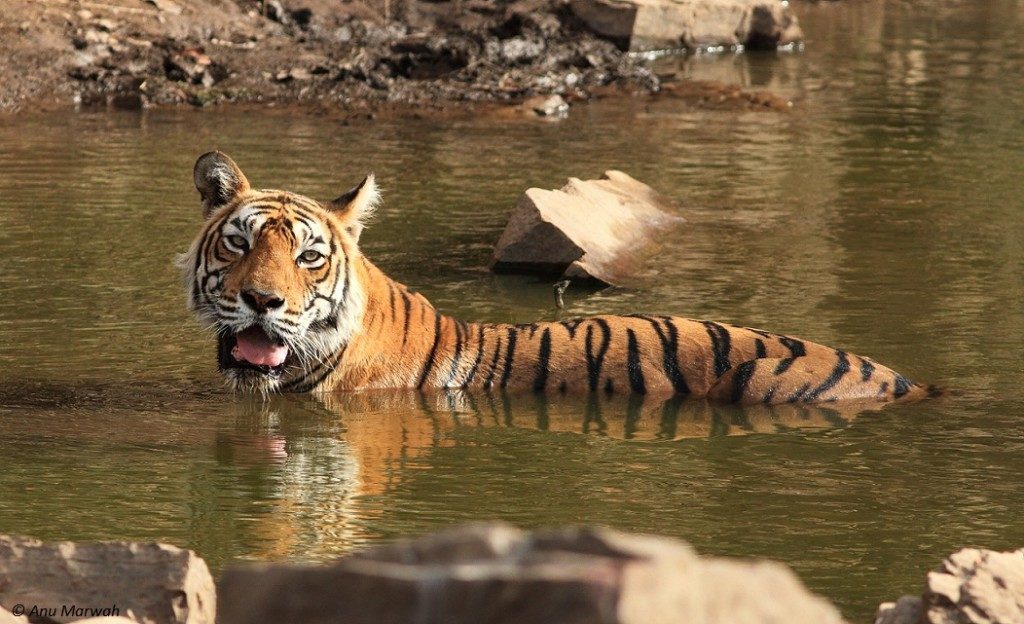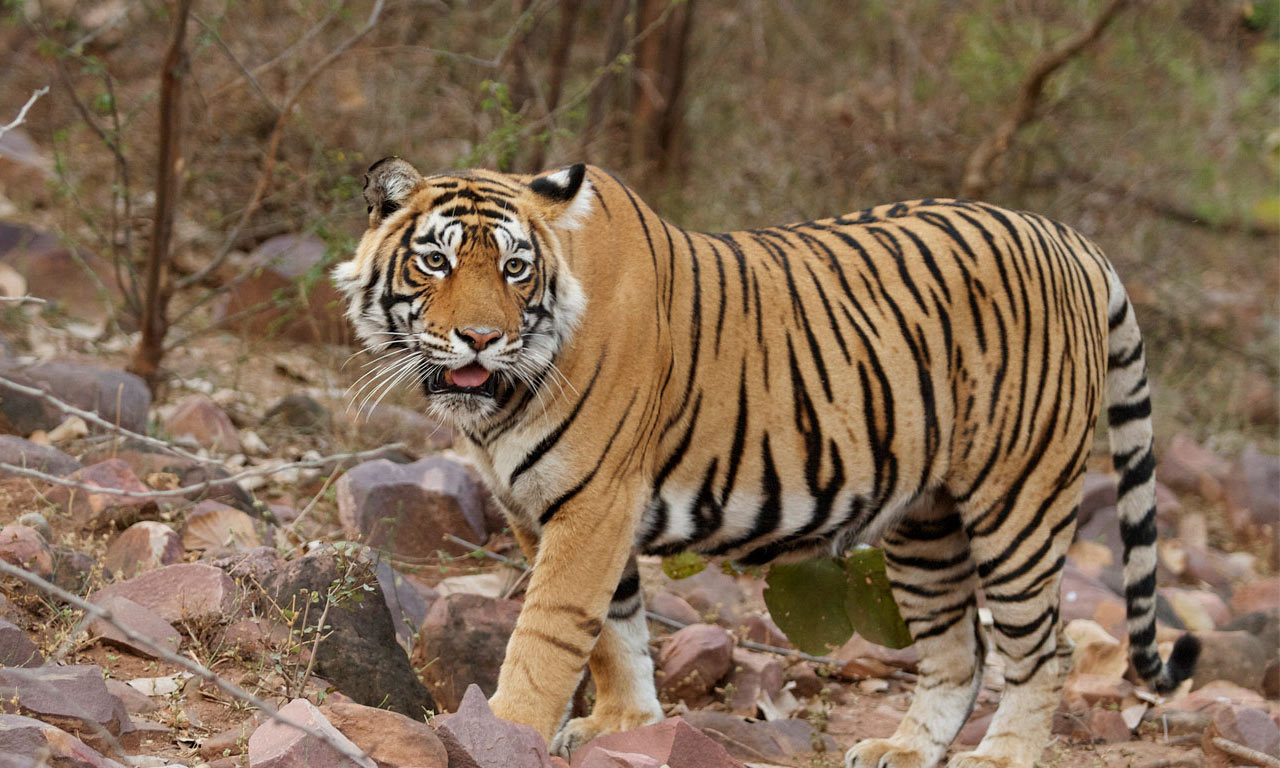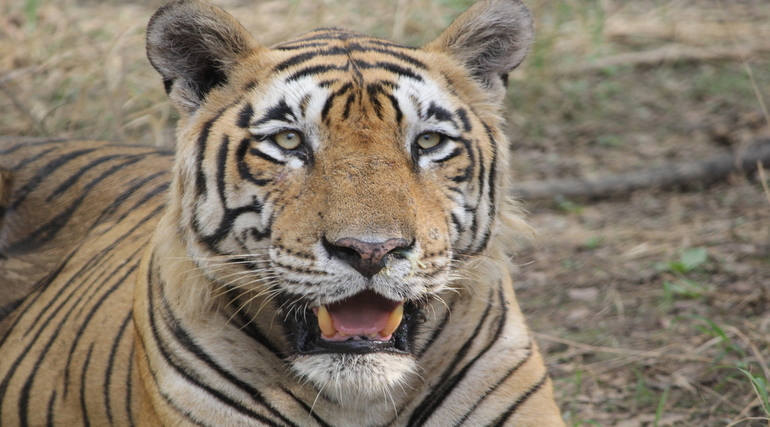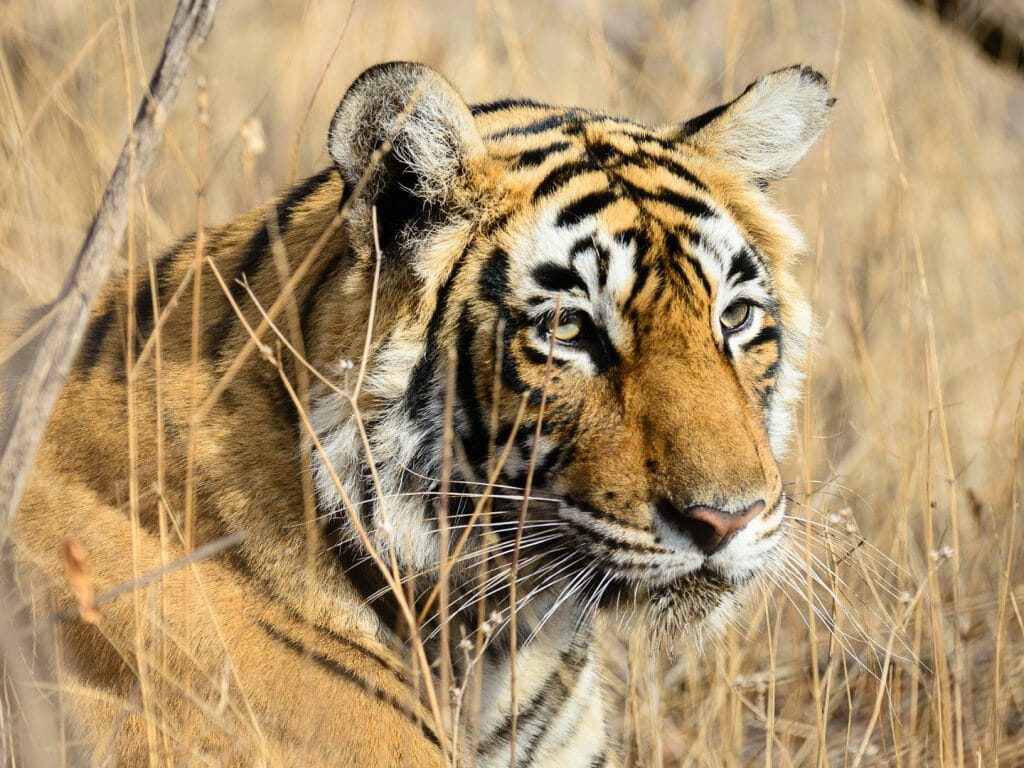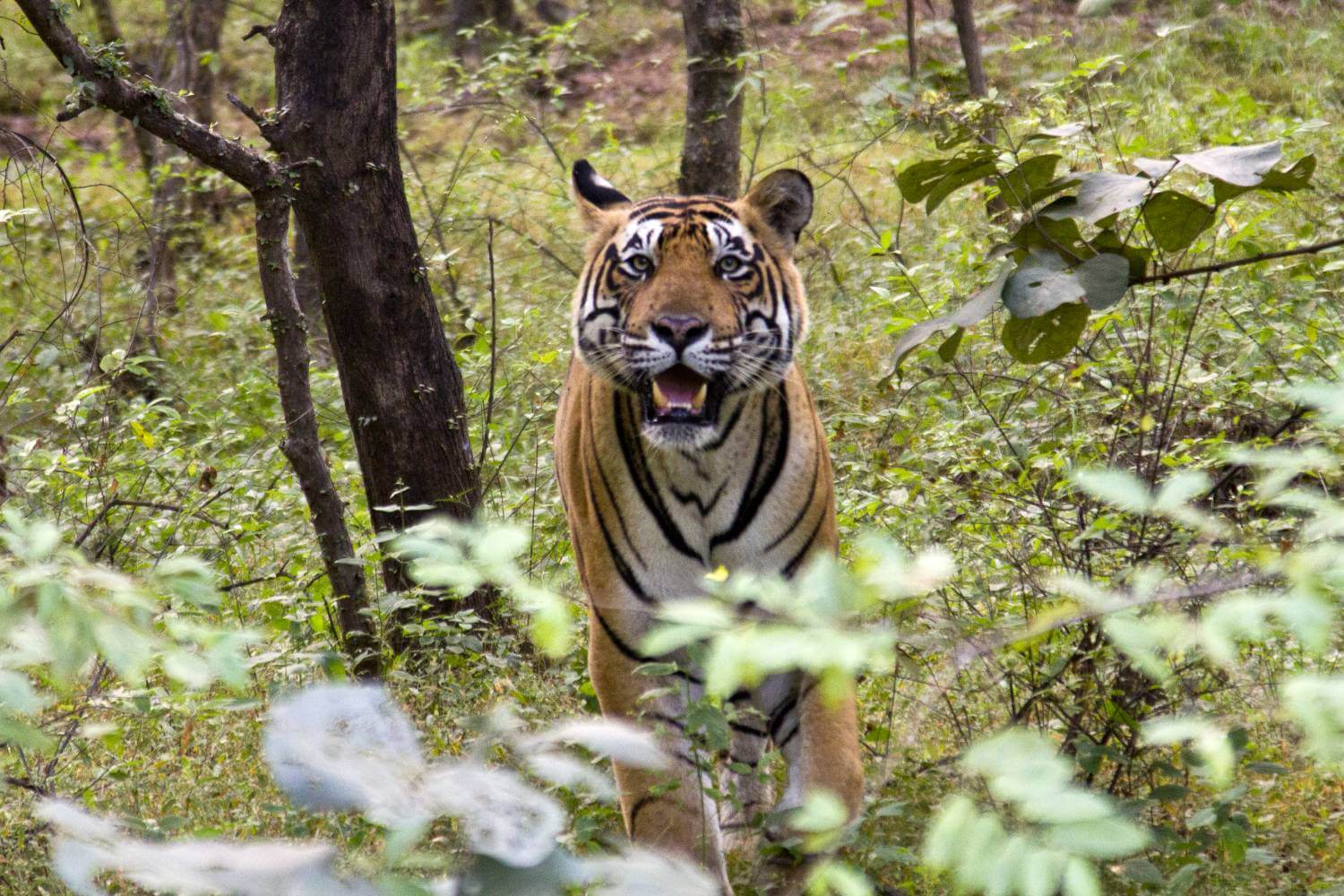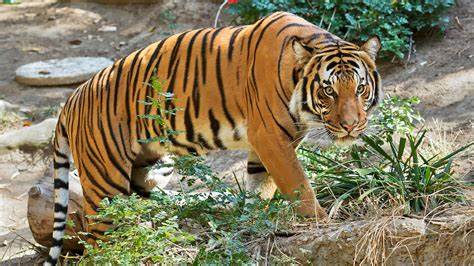About Ranthambore National Park
Ranthambore National Park, situated in the Sawai Madhopur district of Rajasthan, India, is one of the most prominent wildlife sanctuaries in the country. Covering an area of 1,334 square kilometers, the park is famous for its Bengal tigers, often seen in their natural habitat. Beyond tigers,
it boasts a diverse array of wildlife, including leopards, deer, and numerous bird species. The park is also home to the historic Ranthambore Fort, adding a rich cultural and historical dimension to the natural
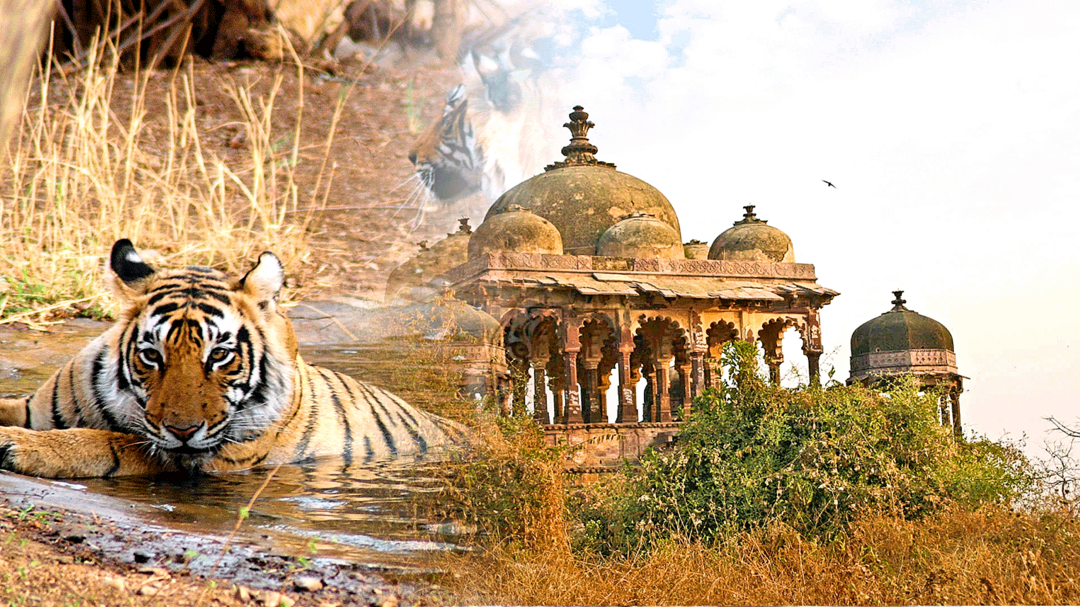
Experience Top Tours
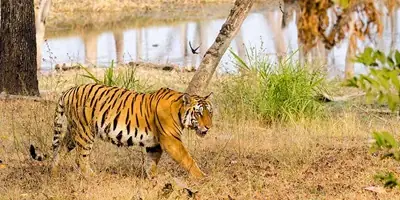
16 days India
Just Tigers and Golden Triangle Tour
New Delhi | Pench | Kanha | Bandhavgarh | Agra | Jaipur
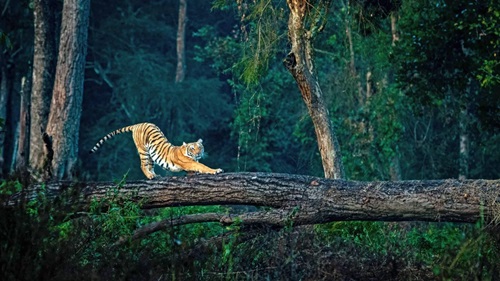
12 days India
Corbett, Kanha & Bandhavgarh Tour - Tiger Safari Tour
New Delhi | Corbett | Kanha | Bandhavgarh | Jabalpur

13 days India
Corbett, Taj Mahal, Ranthambore & Jaipur Tour
New Delhi | Corbett | Agra | Ranthambore | Jaipur

8 days India
Golden Triangle & Tiger Safari: Delhi, Agra, Jaipur & Ranthambore
Delhi | Agra | Jaipur | Ranthambore | Delhi
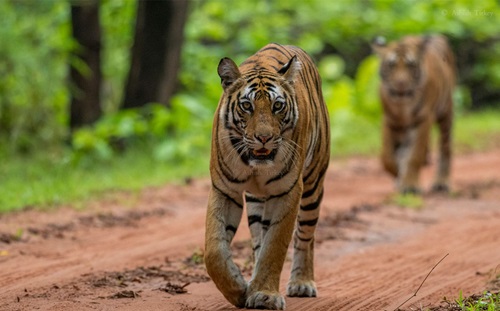
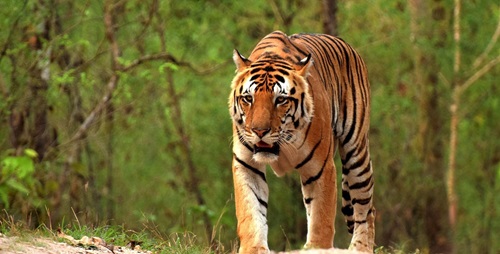
11 days India
Tiger Safari Tour: New Delhi, Pench, Kanha & Bandhavgarh
New Delhi | Pench | Kanha | Bandhavgarh | Jabalpur
Highlights
Wild Animals
Ranthambore National Park, home to diverse wild animals like Bengal tigers, leopards, and deer, offers a rich natural habitat, preserving ecological balance in Rajasthan, India.
Birds Watching
Ranthambore National Park is a prime destination for bird watching, offering sightings of species like kingfishers, eagles, and parakeets in a rich natural habitat.
Gypsy Safari
A Gypsy safari at Ranthambore National Park offers an exhilarating experience, providing close encounters with wildlife, including tigers, in an open-air vehicle, perfect for adventurous explorers.
Canter Safari
Canter safari at Ranthambore National Park provides a comfortable group experience, allowing visitors to explore wildlife-rich areas and spot tigers and other animals from a spacious, open vehicle.
Famous Tigers of Ranthambore
Popular Attractions To Visit in Ranthambore
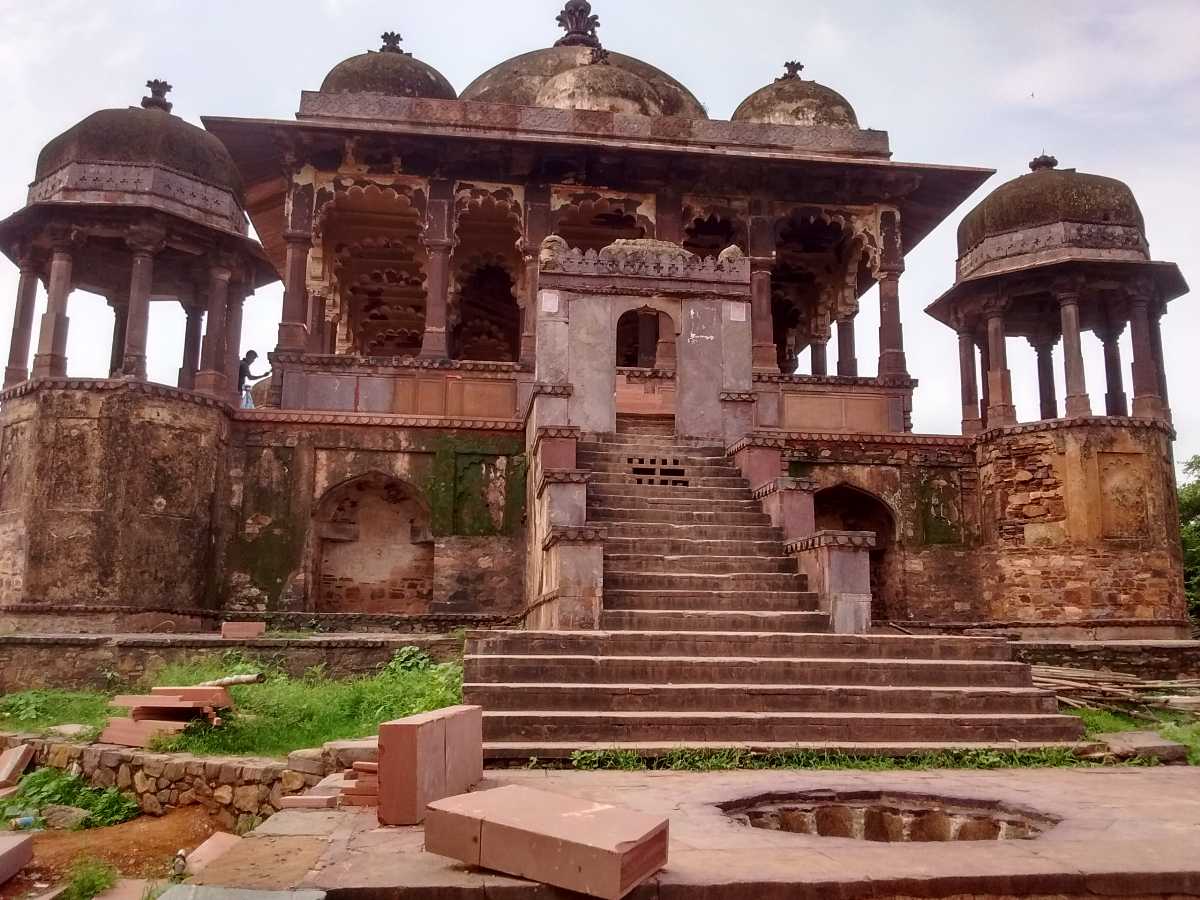
Ranthambore Fort
Ranthambore Fort, located in Rajasthan’s Ranthambore National Park, is a grand 10th-century fortress. Perched atop a hill, it offers stunning panoramic views of the surrounding jungle. The fort, rich in history and ancient architecture, serves as a reminder of the region's royal past and its strategic significance. Read more
Trinetra Ganesh Temple
The Trinetra Ganesh Temple, located within Ranthambore Fort in Rajasthan, is one of the oldest and most revered temples dedicated to Lord Ganesha. Known for its unique three-eyed idol, the temple attracts thousands of devotees who come to seek blessings, especially during the annual Ganesh Chaturthi festival. Read more
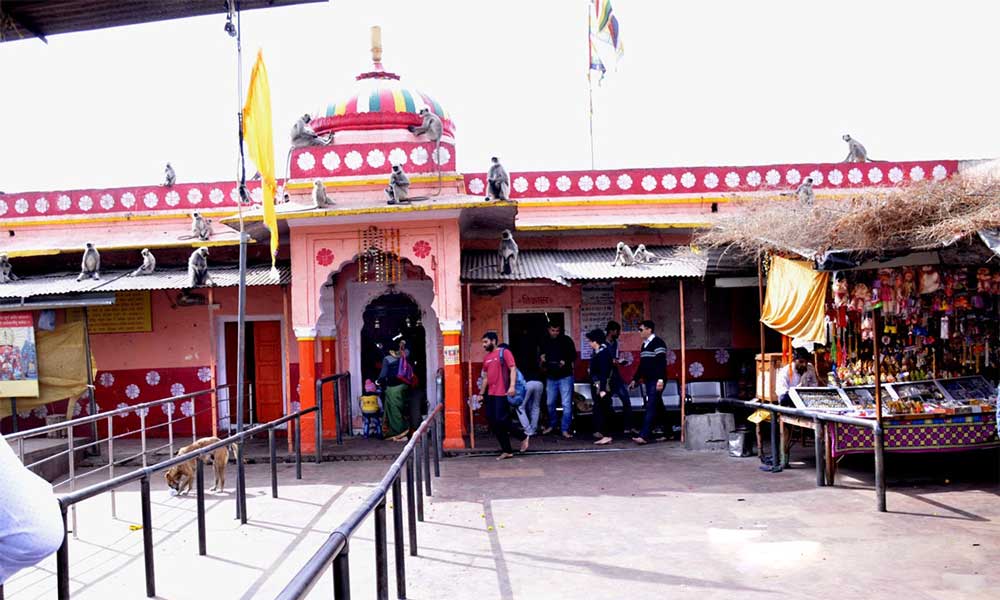
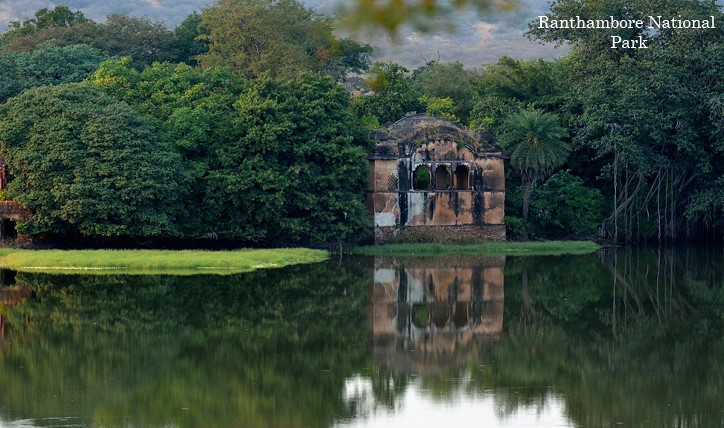
Kachida Valley
Kachida Valley, located on the outskirts of Ranthambore National Park, is a picturesque area known for its rugged landscape and dense vegetation. The valley is a popular spot for spotting leopards, sloth bears, and other wildlife. Its scenic beauty and relatively fewer tourists make it a serene destination for nature lovers and wildlife photographers. Read more
Lakarda and Anantpura
Lakarda and Anantpura are regions within Ranthambore National Park, known for their diverse wildlife, including sloth bears and smaller predators like mongoose. These areas are rich in ant hills, which attract sloth bears, making them prime spots for wildlife enthusiasts seeking to observe these elusive creatures in their natural habitat. The serene environment and lesser tourist traffic add to the appeal for nature lovers and photographers. Read more
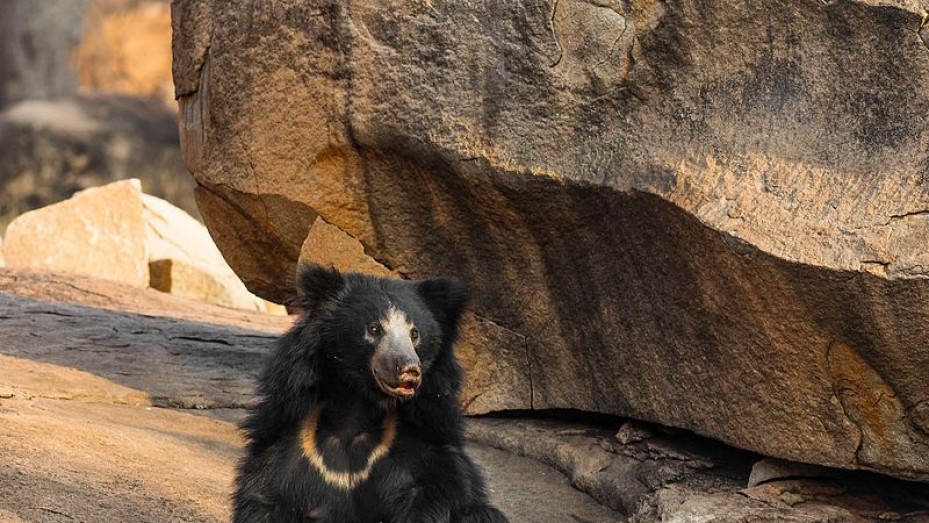
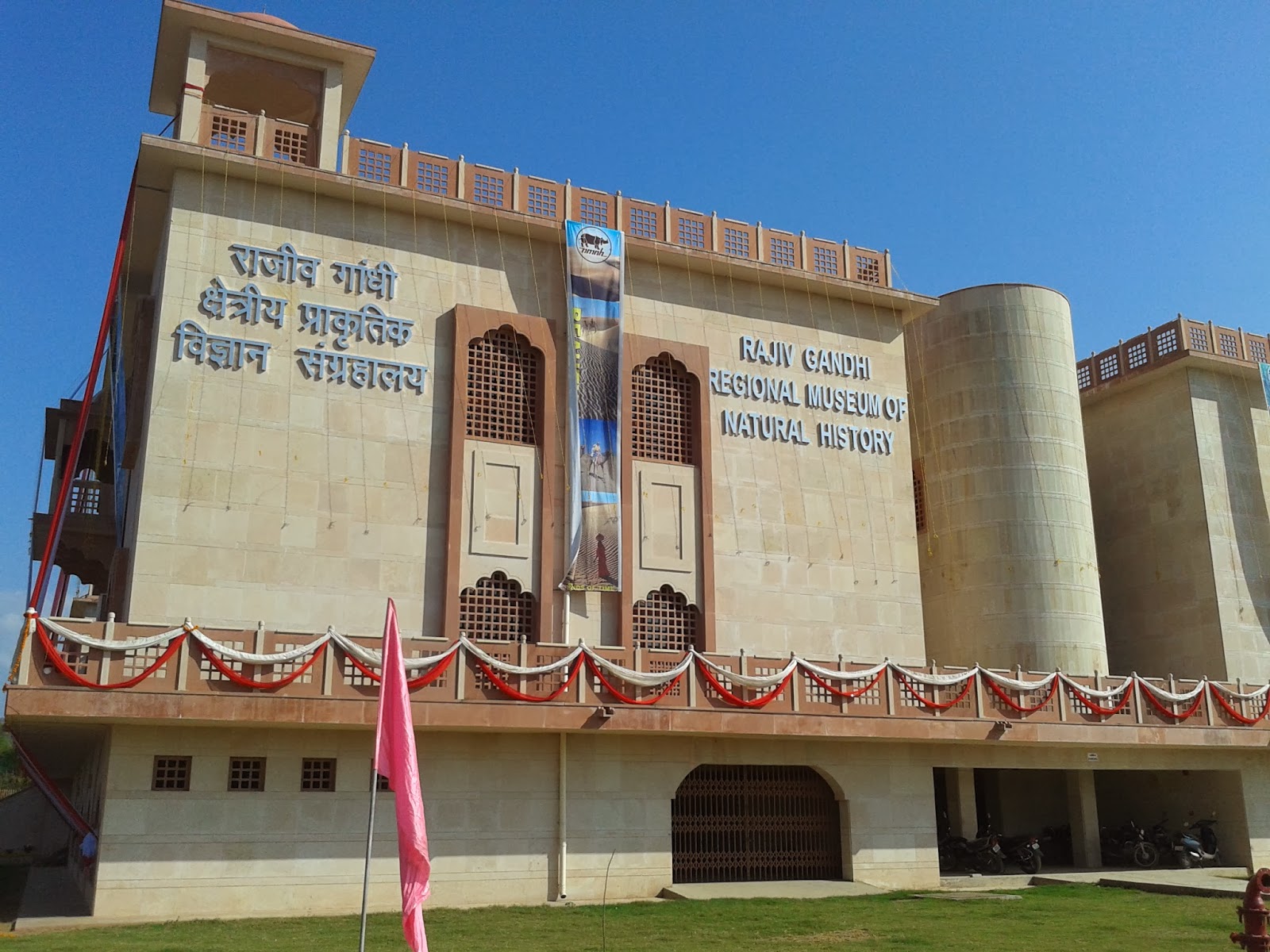
Rajiv Gandhi Regional Museum of Natural History
The Rajiv Gandhi Regional Museum, located in Sawai Madhopur, Rajasthan, showcases the rich cultural heritage of the region. It features a diverse collection of artifacts, including traditional crafts, historical items, and artworks. The museum aims to preserve and promote the area's history and artistic legacy, offering visitors an insightful glimpse into local heritage. Read more
Frequently Asked Questions
Q. What are the timings for safaris in Ranthambore National Park?
Ans. Safaris are conducted twice a day: the morning safari starts around 6:30 AM and the evening safari begins around 2:30 PM. Timings may vary slightly depending on the season.
Q. Can I bring food or snacks inside the park?
Ans. Visitors are not allowed to bring food or snacks into the park to maintain cleanliness and avoid attracting wildlife. Water bottles are permitted but must be carried back out.
Q. What should I wear during the safari?
Ans. Wear comfortable, neutral-colored clothing that blends with the environment, such as beige, green, or brown. Avoid bright colors, as they may distract or alarm wildlife. During winters, bring warm layers as early mornings and evenings can be chilly.
Q. Which zones are the best for wildlife sightings?
Ans. Zones 1 to 5 are generally considered the best for tiger sightings, but every zone has its unique landscape and wildlife. Sightings depend on luck, animal movement, and the time of year.
Q. Is it safe to travel with children in Ranthambore?
Ans. Yes, safaris are safe for children as long as they follow the rules, such as staying seated, keeping quiet, and not attempting to feed or touch any animals. It's advisable to brief kids on wildlife etiquette before the trip.
Q. Are there any cultural or historical attractions near the park?
Ans. Yes, Ranthambore Fort, a UNESCO World Heritage Site, is a must-visit. It’s located within the park premises and offers a blend of history, architecture, and stunning views of the surrounding forest.
Q. What unique wildlife can I see besides tigers?
Ans. Apart from tigers, Ranthambore is home to leopards, sloth bears, marsh crocodiles, Indian gazelles (chinkara), striped hyenas, and a variety of birds like crested serpent eagles and painted storks.
Q. How can I improve my chances of spotting a tiger?
Ans. While there’s no guarantee of tiger sightings, visiting during the summer months (April to June) increases the chances as tigers are more likely to be near water sources. Booking safaris in zones with recent tiger activity can also help.
Q. Are private safaris available in Ranthambore?
Ans. Yes, private jeep safaris can be booked for a more personalized experience. These safaris are ideal for smaller groups and provide greater flexibility compared to shared safaris.
Q. What should I do if I miss my scheduled safari?
Ans. Unfortunately, missed safaris are non-refundable, as permits are issued for a specific time and zone. It’s recommended to arrive at the reporting location at least 30 minutes before the safari starts to avoid any delays.


